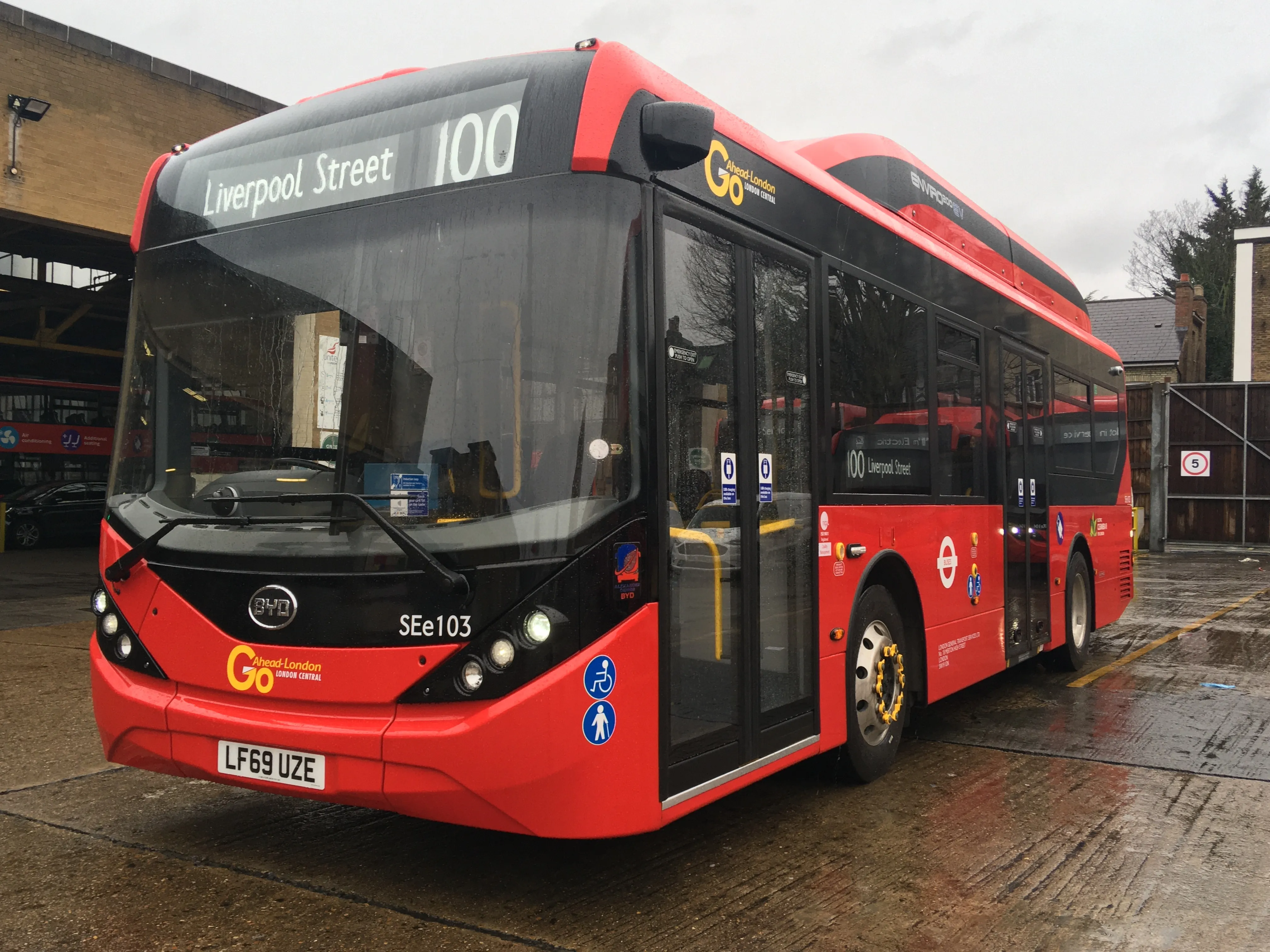RedflexSpeed-radar, Redflex’s fixed speed enforcement system, has undergone testing by the Dutch metrology institute, NMi, and verified to meet Dutch approval requirements. Under extensive testing the camera was found to perform accurately at speeds from 20km/h to 320km/h, or 12mph to 200mph.
The first fixed speed enforcement system to utilise dual radar detection, maximising detection rates and eliminating anomalies such as phantom signals, reflections and other noise-related issues, RedflexSpeed-radar
February 6, 2015
Read time: 2 mins
RedflexSpeed-radar, 112 Redflex’s fixed speed enforcement system, has undergone testing by the Dutch metrology institute, 7665 NMi, and verified to meet Dutch approval requirements. Under extensive testing the camera was found to perform accurately at speeds from 20km/h to 320km/h, or 12mph to 200mph.
The first fixed speed enforcement system to utilise dual radar detection, maximising detection rates and eliminating anomalies such as phantom signals, reflections and other noise-related issues, RedflexSpeed-radar provides accurate bi-directional speed, lane identification, vehicle position and positive vehicle identification across up to six lanes of traffic simultaneously.
RedflexSpeed-radar is available with a high resolution colour camera, which, when combined with visible or infrared illumination, enables the system to accurately detect offending vehicles whilst providing perfect images.
Ricardo Fiusco, Redflex CEO, commented, “We are delighted that RedflexSpeed-radar has received Dutch approval. A variant of the system is used in the UK on the503 Highways Agency HADECS managed motorway project and we look forward to introducing it to European customers.”
The first fixed speed enforcement system to utilise dual radar detection, maximising detection rates and eliminating anomalies such as phantom signals, reflections and other noise-related issues, RedflexSpeed-radar provides accurate bi-directional speed, lane identification, vehicle position and positive vehicle identification across up to six lanes of traffic simultaneously.
RedflexSpeed-radar is available with a high resolution colour camera, which, when combined with visible or infrared illumination, enables the system to accurately detect offending vehicles whilst providing perfect images.
Ricardo Fiusco, Redflex CEO, commented, “We are delighted that RedflexSpeed-radar has received Dutch approval. A variant of the system is used in the UK on the










